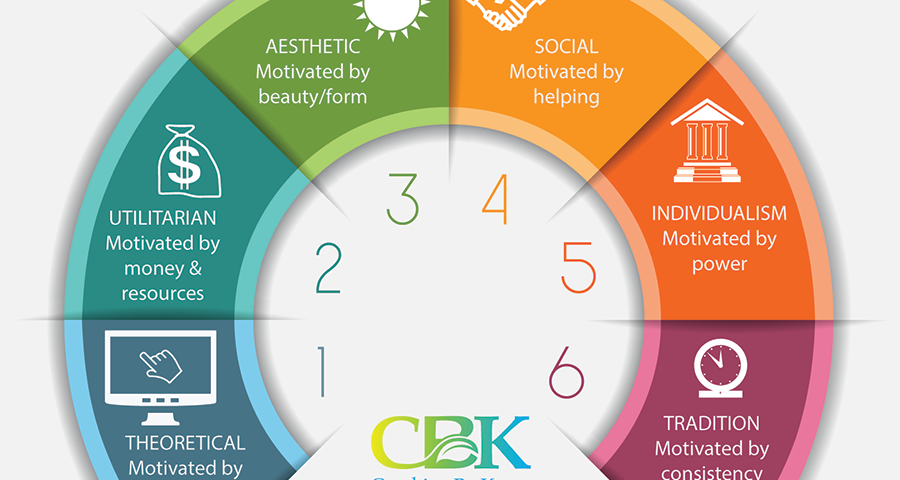How To Motivate Your Team

What do you do to motivate your team? In any business or organization, the amount of motivation in a team can make or break a company.
In this week’s Audio Coach, I talked about the 6 categories of motivation, and how each person usually has two categories that are their primary motivators. Whether you use a simple staff survey, or a comprehensive Behaviors and Motivators Assessment, the first step is to gain an understanding of what motivates each member of your team. Then, identify ways to incorporate those motivators in their everyday tasks and responsibilities.
With some analysis, you should be able to identify the main motivational categories for each employee, and find ways to incorporate this information to keep your team happy and productive.
-
- Theoretical. Some people are motivated by learning. They have a passion to discover truth. These members of your team thrive when given an opportunity to learn something new, investigate, and problem-solve. Encourage them by putting them on a special task or committee that will allow them to learn new things, and broaden their understanding of the issue or the company in general. And, provide opportunities for career development and self-improvement and their loyalty and enthusiasm will flourish.
-
- Utilitarian/Economic. Money and resources are strong motivators for many people. Your team members who fall under this category like money, but also appreciate things that are useful. Motivate them with bonuses, time off, gift cards, and tools that will help them achieve success.
-
- Aesthetic. When members of your team are motivated by aesthetics, they appreciate beauty, form, and harmony. These are the people who are drawn to and value things that are pleasing to them. Give them the freedom to decorate their own workspace, and/or the office. Include them in the development of packaging and branding. While many corporations don’t think much about aesthetics, they can be a key part of success. After all, where would Apple be if aesthetics weren’t important to them?
-
- Social. It’s always good to have a team member who is socially motivated. These people love to help others. They embrace volunteerism, and will often sacrifice their own well-being in order to benefit others. Keep them motivated by having them head up your “give-back” campaigns, or give them time to provide services to special groups and non-profits. Providing them with social opportunities gives them incentive to do more during work hours.
-
- Individualistic. When a person wants to be in control of his/her own destiny, above and beyond anything else, they fall under the Individualistic category. The main interest for people in this category is power, so give them the opportunity to lead projects and plan/implement strategies, or give them a new title to show how much they are valued. Leadership is key to these team members, and many leaders are high in Individualistic motivation.
-
- Traditional/Regulatory. Some team members may put great value in unity, order, structure, and consistency. You can identify them because they are usually the most resistant to change, and they focus on the meaning of life, often feeling like “their book of rights” is the correct one. In some cases these traditionalists may have a tendency to be close-minded. To keep them inspired, involve them in the decision-making and planning when change is necessary. Give them the opportunity to provide input while bringing some of the “tradition” into the new circumstances.
Once you are aware of the dominant motivators of your team, you will be able to find ways to keep them moving forward in a personally satisfying manner. Keep in mind that values can and do change over time, so you may need to reassess long-standing employees. The benefits of knowing and understanding the motivators of each team member can increase their value to the company, as well as the company’s value to them.
———————
Contact Karen for more information on Behaviors and Motivators Assessments, and other available insight, coaching, and training solutions.

